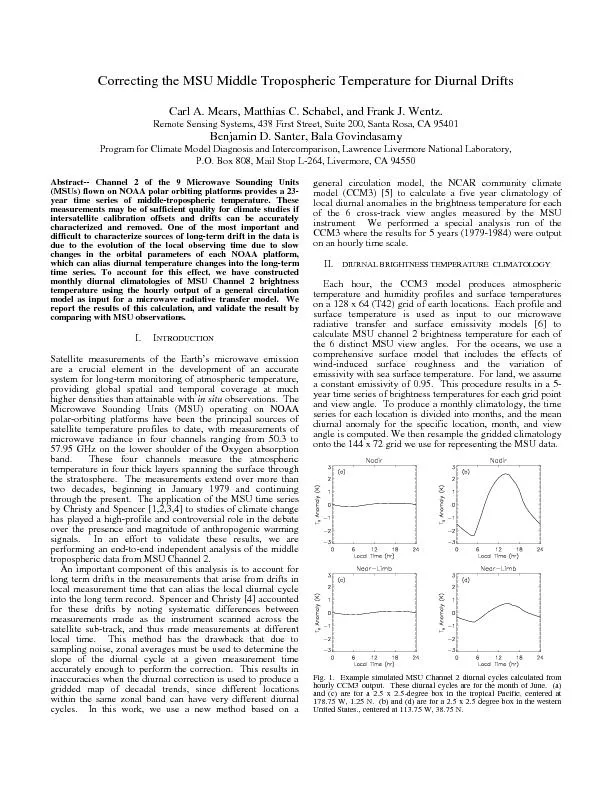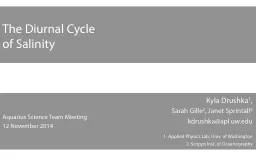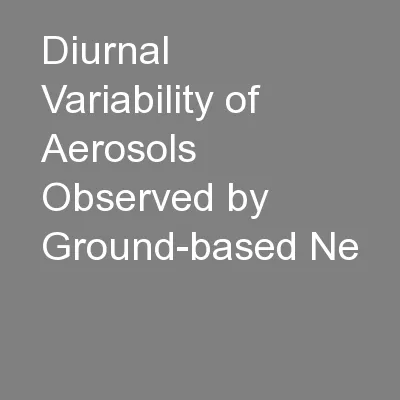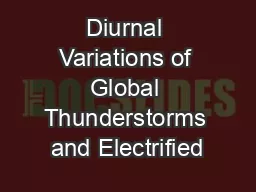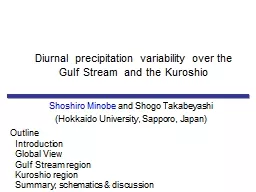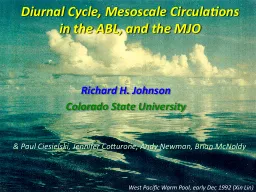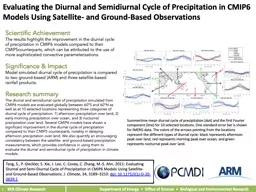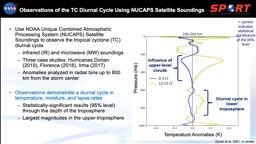PDF-Correcting the MSU Middle Tropospheric Temperature for Diurnal Drifts
Author : lois-ondreau | Published Date : 2016-03-18
Fig 1 Example simulated MSU Channel 2 diurnal cycles calculated fromhourly CCM3 output These diurnal cycles are for the month of June aand c are for a 25 x 25degree
Presentation Embed Code
Download Presentation
Download Presentation The PPT/PDF document "Correcting the MSU Middle Tropospheric T..." is the property of its rightful owner. Permission is granted to download and print the materials on this website for personal, non-commercial use only, and to display it on your personal computer provided you do not modify the materials and that you retain all copyright notices contained in the materials. By downloading content from our website, you accept the terms of this agreement.
Correcting the MSU Middle Tropospheric Temperature for Diurnal Drifts: Transcript
Download Rules Of Document
"Correcting the MSU Middle Tropospheric Temperature for Diurnal Drifts"The content belongs to its owner. You may download and print it for personal use, without modification, and keep all copyright notices. By downloading, you agree to these terms.
Related Documents

